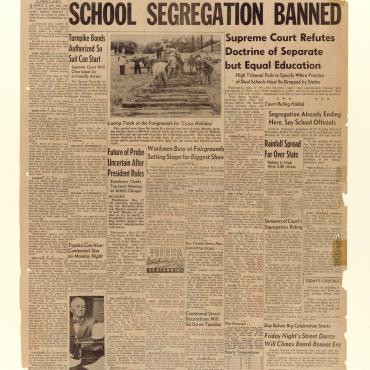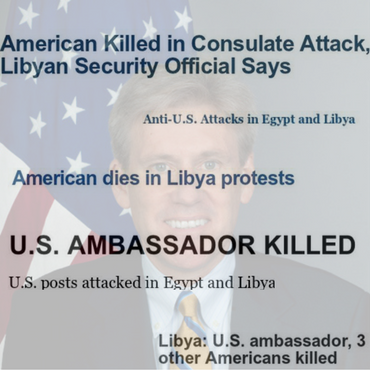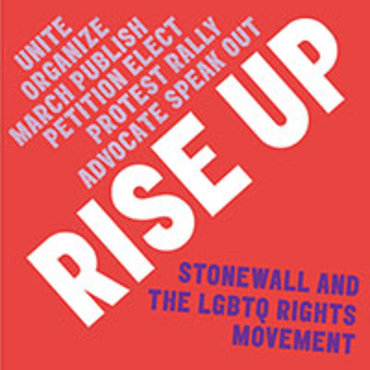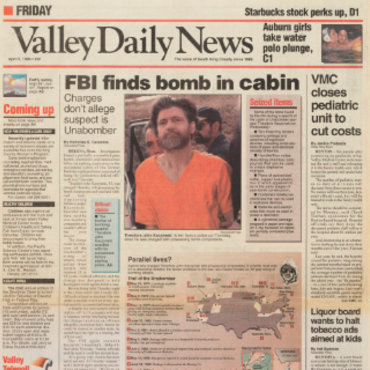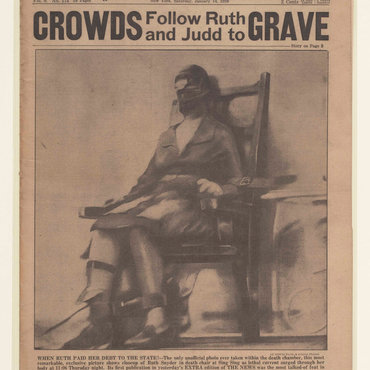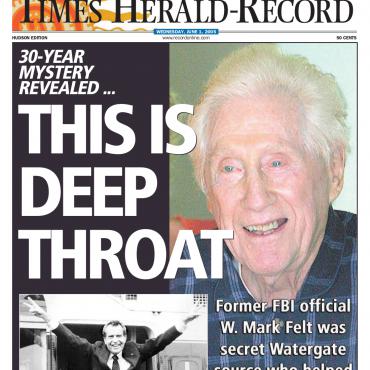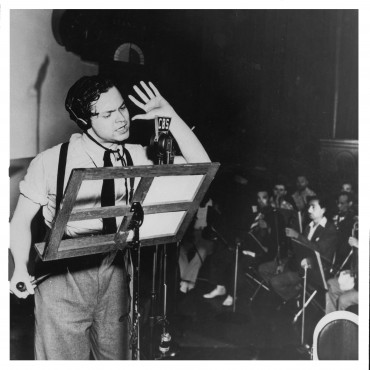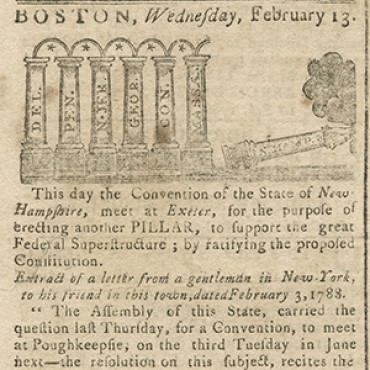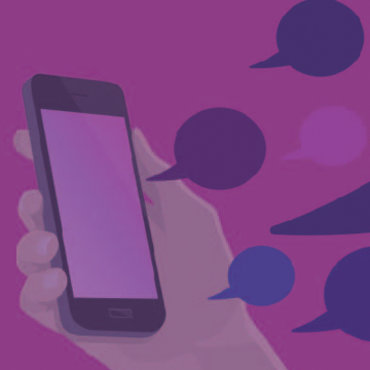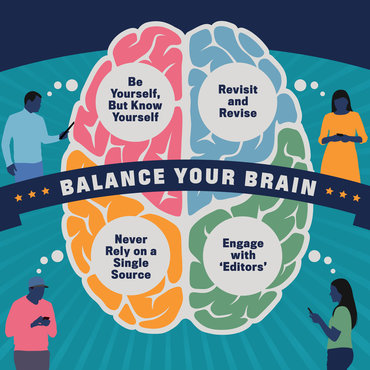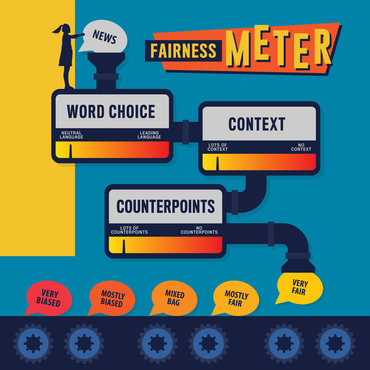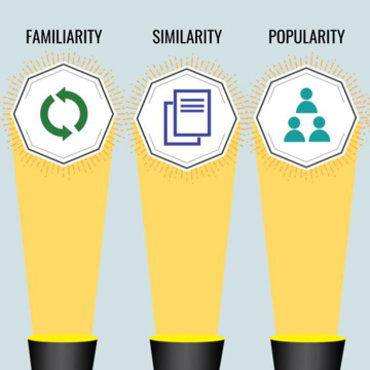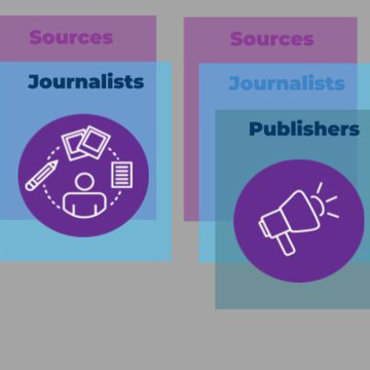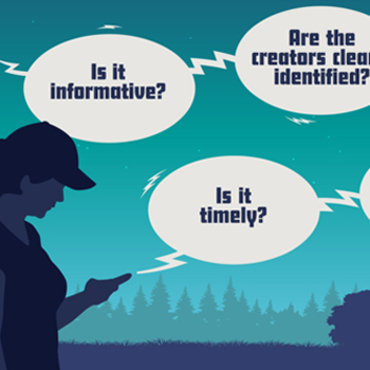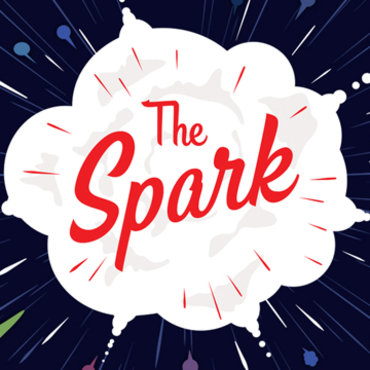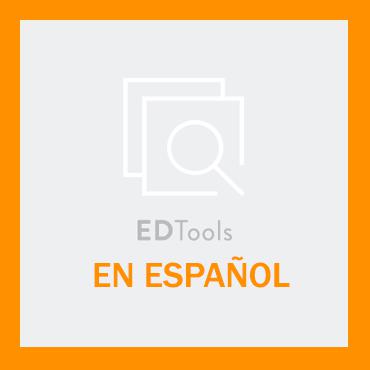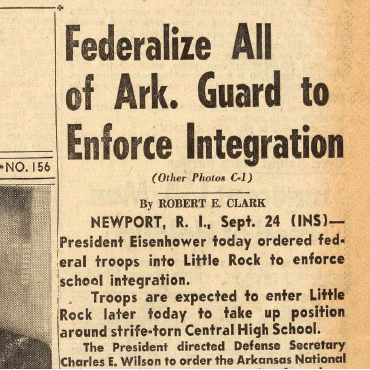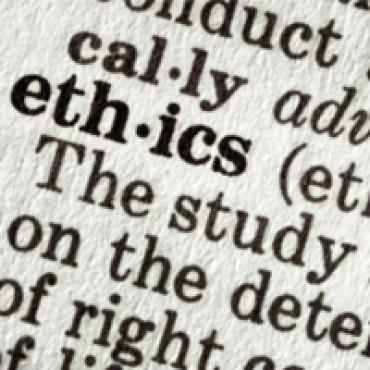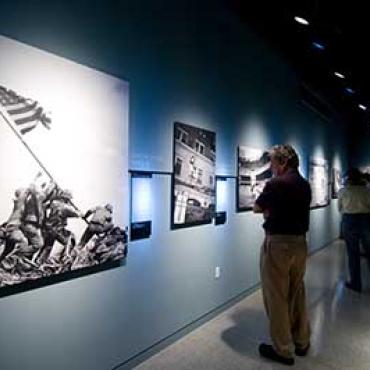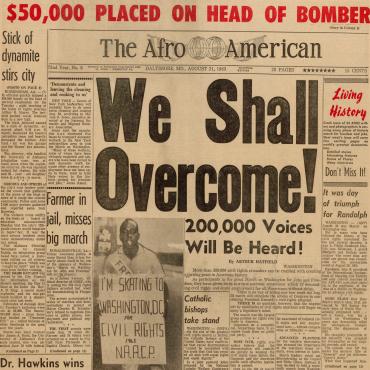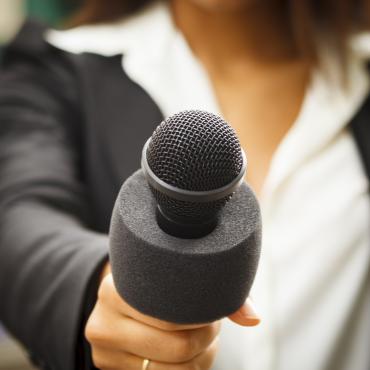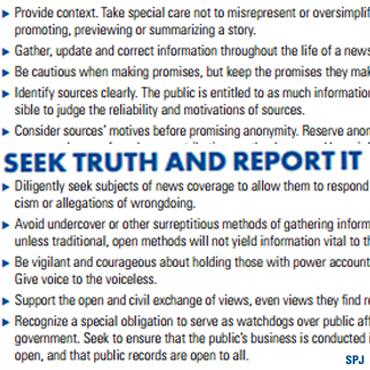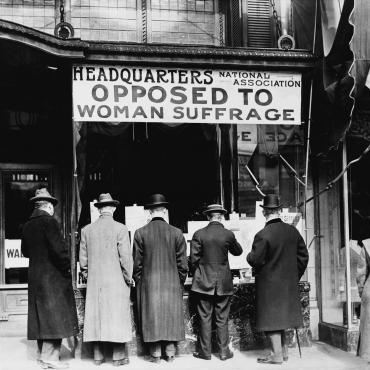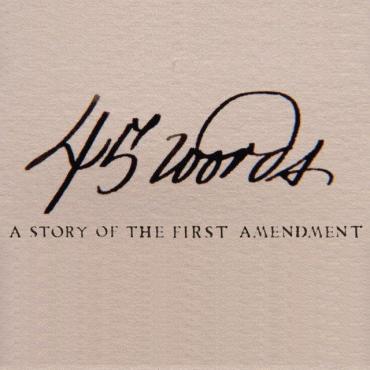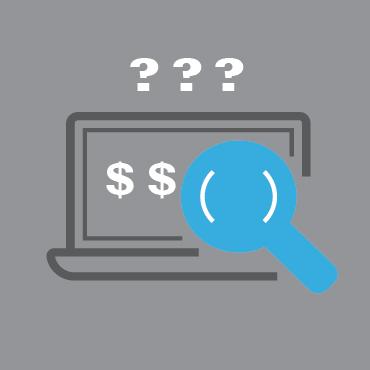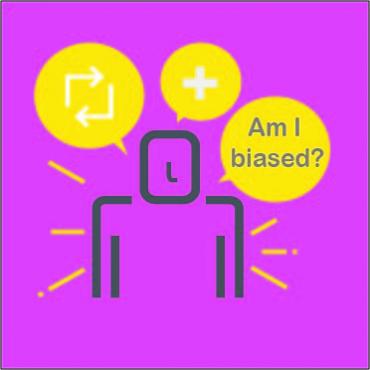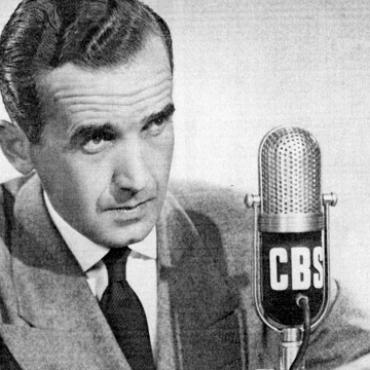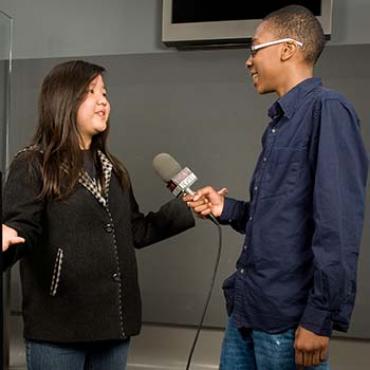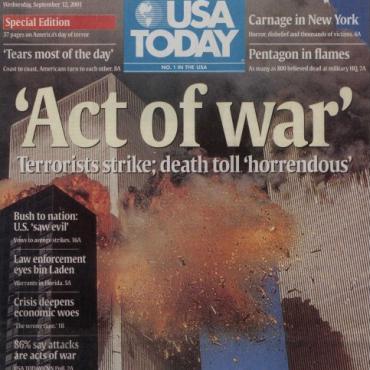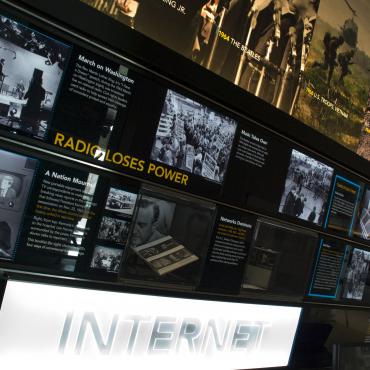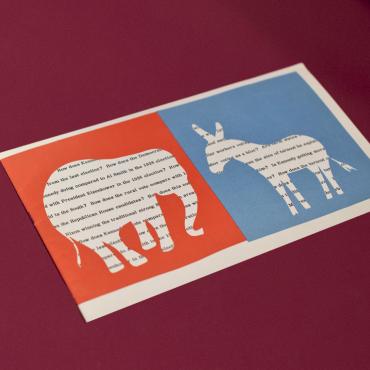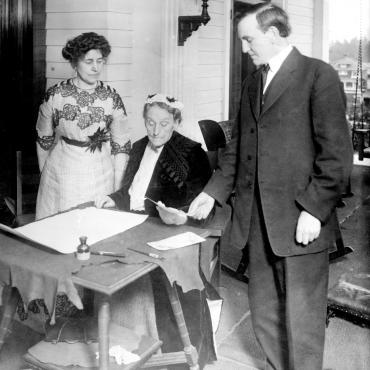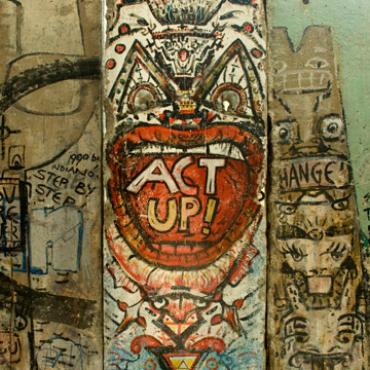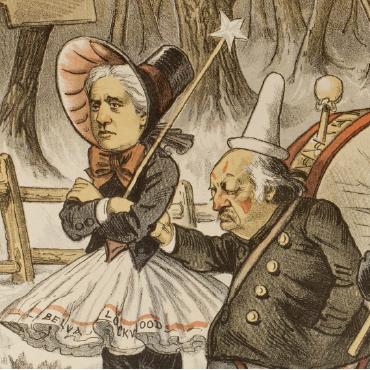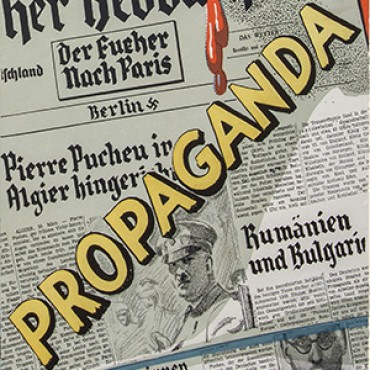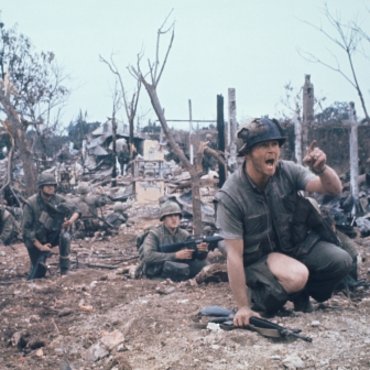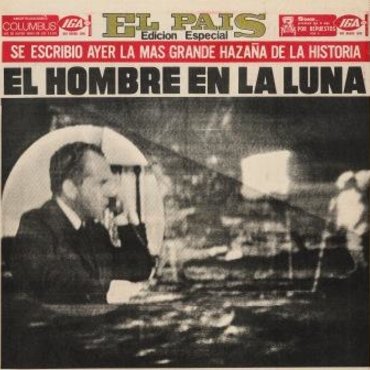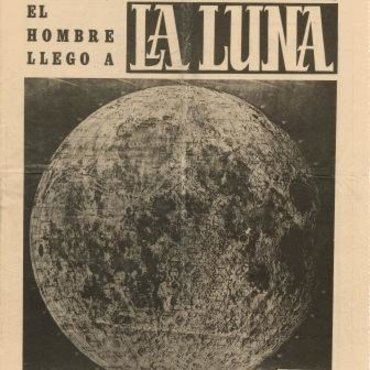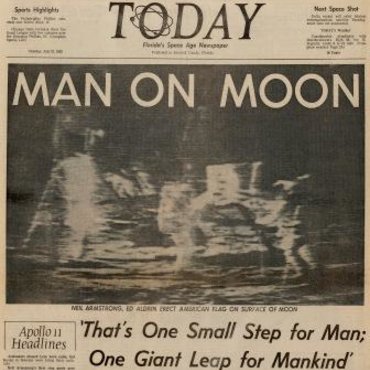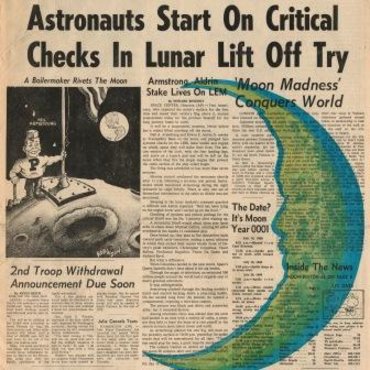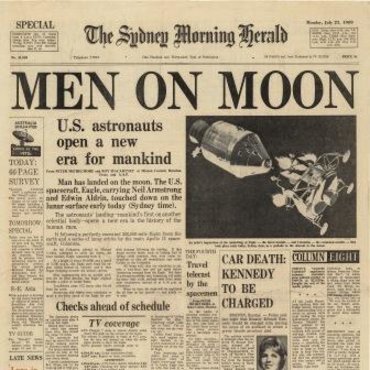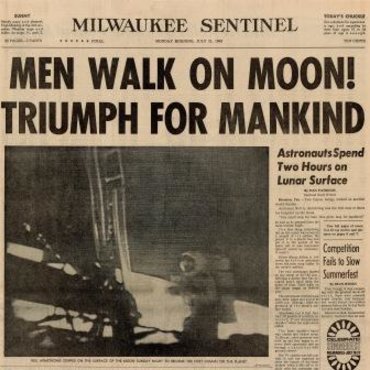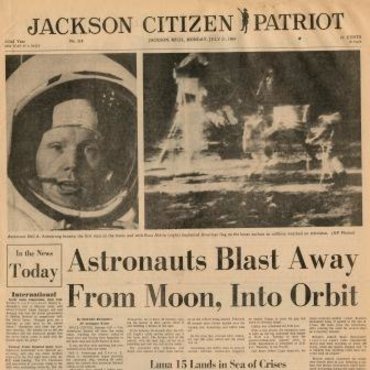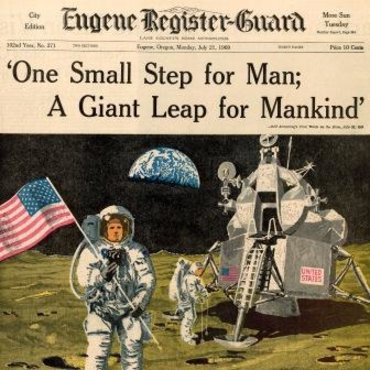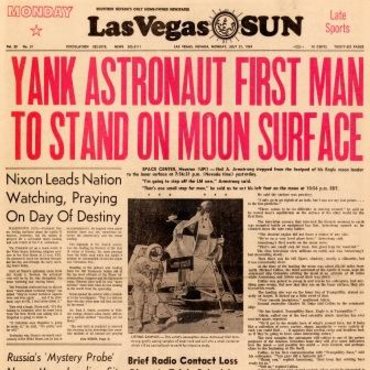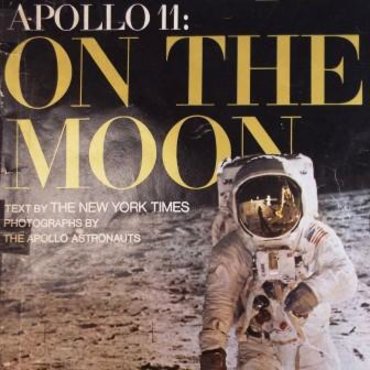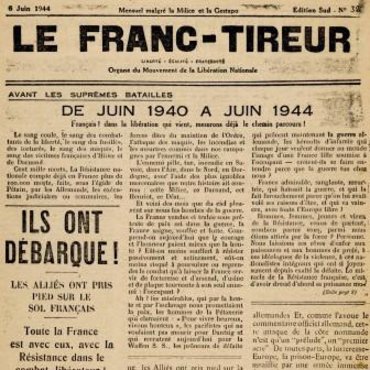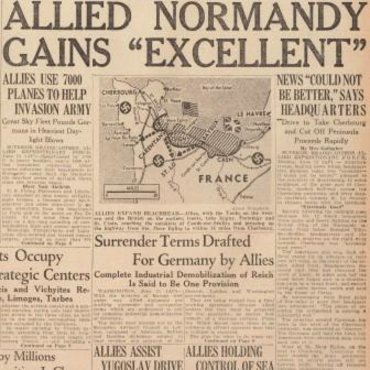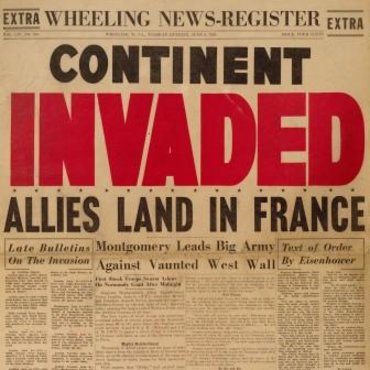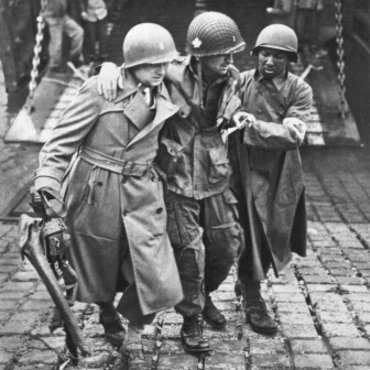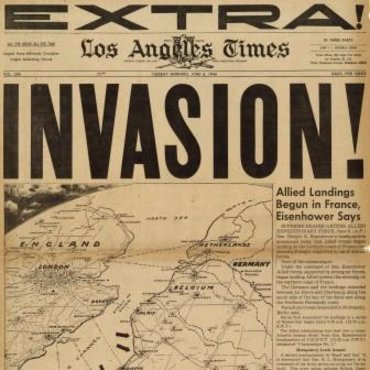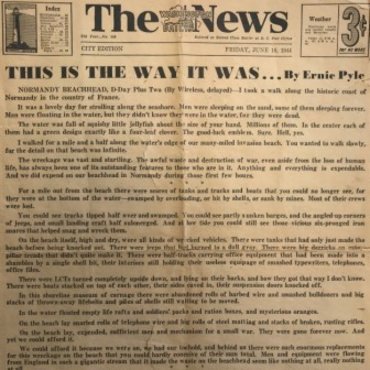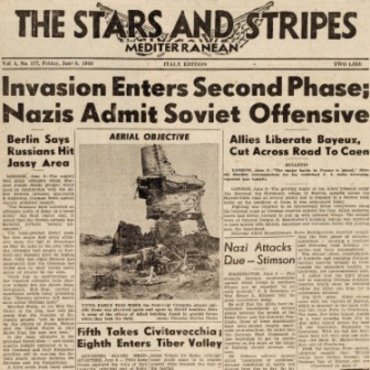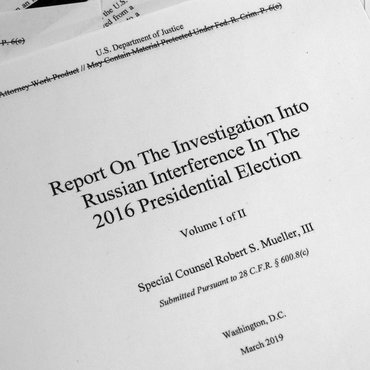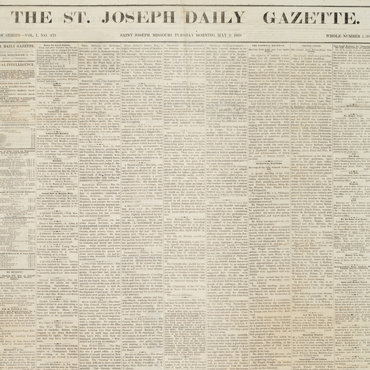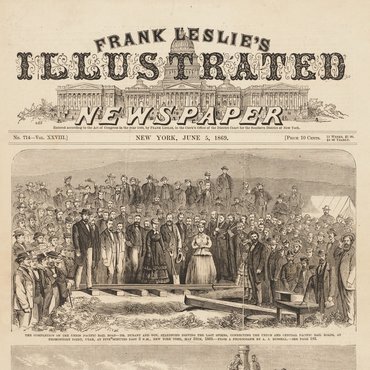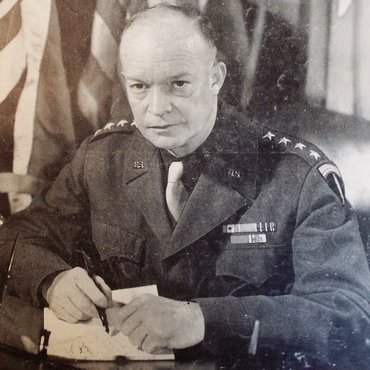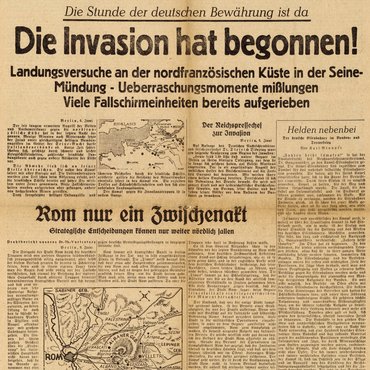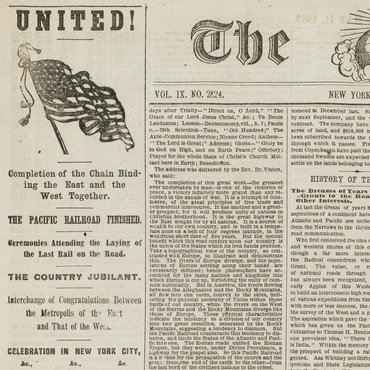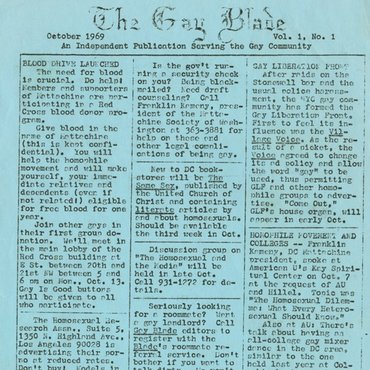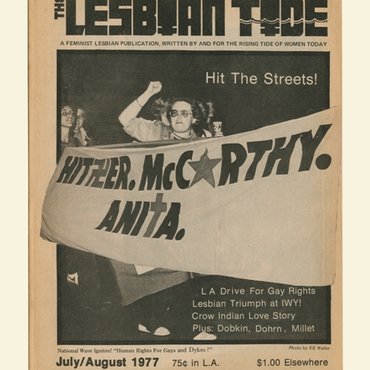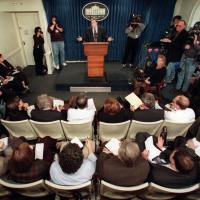
Covering a Catastrophe: Press Conference Simulation
Students stage a mock press conference to experience the process and challenges of effectively communicating and disseminating information.
Get even more great free content!
This content contains copyrighted material that requires a free NewseumED account.
Registration is fast, easy, and comes with 100% free access to our vast collection of videos, artifacts, interactive content, and more.
NewseumED is provided as a free educational resource and contains copyrighted material. Registration is required for full access. Signing up is simple and free.
With a free NewseumED account, you can:
- Watch timely and informative videos
- Access expertly crafted lesson plans
- Download an array of classroom resources
- and much more!
- Journalism
- 6-12
- Tell students: One way reporters may gather information about a disaster is by attending a press conference. Officials hold press conferences to share information with the public via the press/journalists. Reporters hope to find out about new developments in a story and gather fresh information that they can then report to the public.
- Tell students they’re going to put on a simulated press conference to experience how it works, including the challenges of both sharing and gathering information in this setting.
- Distribute the Preparing for a Press Conference worksheets. Half of the class will act as reporters, and the other half will act as representatives from the mayor’s office. (If your class is large, you may want to create two teams representing the press and two teams representing the mayor’s office.)
- Allow students time to read the background information and prepare their facts/questions.
- Conduct the press conference simulation according to the directions on the worksheets.
Preparing for a Press Conference handout (download). Half of the students will get the one marked Press, the other half will get Mayor’s Office.
After the simulation, discuss the students’ experiences. Prompts:
- What was that experience like? Was it stressful? Frustrating? Informative?
- What was the most difficult part of the experience? What was the easiest?
- What was it like being a reporter in this situation? How did you decide what questions to ask? Were all of your questions answered?
- What was it like being a public official in this situation? Was it difficult to field the reporters’ questions? How did you decide which questions to answer?
- Did the reporters and the officials have the same goals for the press conference?
- Make a chart of the pros and cons of using press conferences as a source of information for reporting on a catastrophic event, from the perspective of the general public.
-
Common Core State Standards: CCSS.ELA-LITERACY.CCRA.SL.1
Prepare for and participate effectively in a range of conversations and collaborations with diverse partners, building on others' ideas and expressing their own clearly and persuasively.
-
National Center for History in the Schools: NCHS.US History.Era 10
Standard 1: Recent developments in foreign policy and domestic politics Standard 2: Economic, social, and cultural developments in contemporary United States
-
National Council of Teachers of English: NCTE.12
Students use spoken, written, and visual language to accomplish their own purposes (e.g., for learning, enjoyment, persuasion, and the exchange of information).
